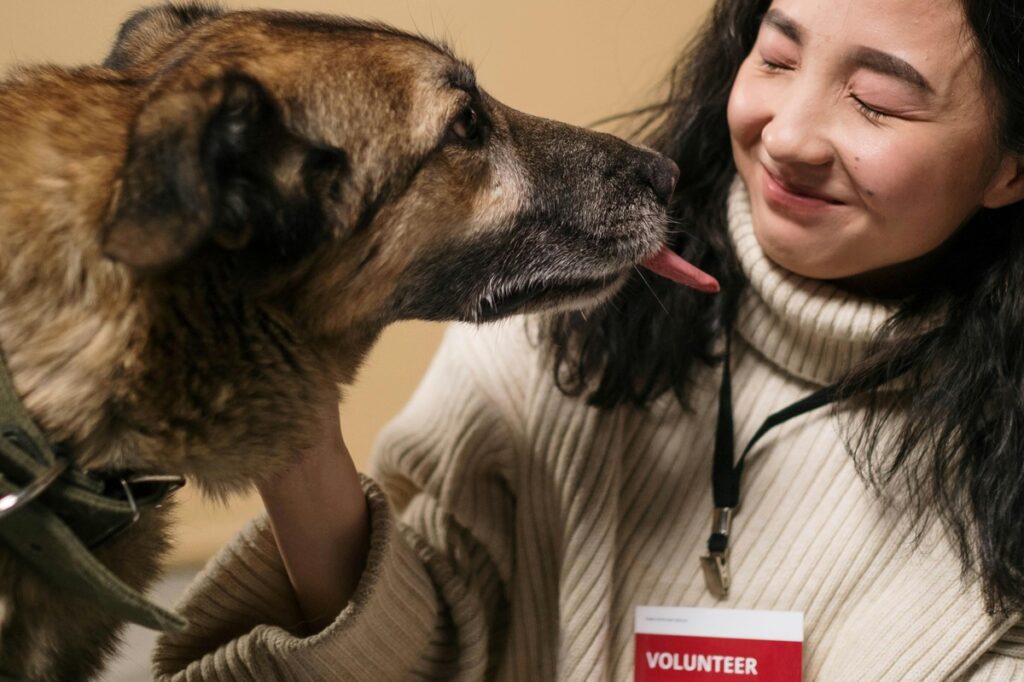Reasons Why Texas Is Being Overrun by Stray Dogs
Texas is facing a growing issue with stray dogs, and the situation is becoming increasingly dire. Across the state, shelters are overflowing, and streets are lined with homeless dogs. While this is not a new problem, it has reached a critical level in recent years. So, why is Texas experiencing such a significant increase in stray dogs? The reasons are complex and multifaceted, involving factors like overpopulation, lack of resources, and ineffective policies. Let’s explore the key reasons why Texas is being overrun by stray dogs.
1. Overpopulation of Dogs

One of the primary reasons for the overwhelming number of stray dogs in Texas is overpopulation. According to animal welfare organizations, uncontrolled breeding contributes significantly to the surge in stray dogs. Many dogs, particularly in rural or underserved areas, are left to roam freely and reproduce without any oversight or regulation. Without proper spaying and neutering, dogs breed uncontrollably, leading to more puppies that eventually become strays or are abandoned.
In addition, some pet owners don’t follow responsible pet ownership practices, allowing their dogs to roam freely or failing to get them spayed or neutered. As a result, the number of unwanted dogs continues to grow, creating a cycle that’s difficult to break.
2. Limited Access to Affordable Veterinary Care

Another contributing factor is the lack of affordable veterinary care. Many pet owners, especially those in lower-income communities, can’t afford the cost of spaying, neutering, or basic medical care for their pets. As a result, dogs continue to reproduce, leading to an increase in the number of puppies that end up on the streets or in shelters.
Without access to low-cost or subsidized veterinary services, many people are either unaware of the importance of spaying and neutering their pets or simply can’t afford the procedure. This has resulted in a large population of unaltered dogs that contribute to the ongoing problem of stray animals in the state.
3. Lack of Education on Pet Responsibility

In many parts of Texas, there’s a lack of education about the responsibilities of pet ownership. Some people acquire pets without fully understanding the commitment it requires. This lack of education can result in neglect, abandonment, and the eventual increase in stray dogs.
Without proper knowledge about the importance of keeping dogs on a leash, microchipping, or responsibly managing a pet’s breeding habits, stray populations continue to rise. People may adopt pets impulsively without considering the long-term impact on their community or the animal’s welfare.
4. Irresponsible Breeding Practices

Irresponsible breeding is another factor contributing to the overwhelming number of stray dogs in Texas. Some breeders, driven by profit, do not adhere to responsible breeding practices. They may neglect to check for health conditions or sell puppies to people who are not prepared for the responsibility of dog ownership.
Additionally, many puppies end up in puppy mills, where they are bred in poor conditions. When these dogs are no longer profitable, they are either abandoned or sold to other people who are unprepared for proper care. Irresponsible breeding practices exacerbate the number of dogs that end up as strays.
5. Lack of Animal Control and Enforcement

In some areas of Texas, animal control enforcement is lacking, and there may not be enough resources or personnel to manage the growing stray population. While some cities have implemented laws to control the population of stray animals, enforcement can be inconsistent. Without proper laws in place or the resources to enforce them, many dogs remain on the streets, breeding and causing further overpopulation.
In some rural areas, the lack of animal control officers and limited infrastructure means that stray dogs are left to roam freely. Local governments may lack the resources to enforce leash laws, vaccination requirements, or any other policies designed to limit the number of strays in the area.
6. Rural Areas and Limited Animal Shelters

Texas has a large rural population, and many of these areas have limited access to animal shelters or animal welfare services. In rural areas, stray dogs often roam freely and aren’t picked up by animal control officers. These dogs may be abandoned by owners who cannot afford to care for them, or they may have been born on the streets, raised without proper care or supervision.
With fewer shelters available in rural areas, there is little to no support for stray animals, and the problem continues to grow. In contrast, urban areas with more shelters are also overwhelmed by the number of stray dogs, as shelters struggle to keep up with the demand.
7. The Reluctance to Adopt Shelter Dogs

Though many people in Texas are compassionate toward animals, there is still a significant amount of reluctance when it comes to adopting shelter dogs. Some individuals have a preference for specific breeds, while others may avoid adopting due to concerns about the dog’s past behavior or health conditions. This reluctance to adopt contributes to the overcrowding of shelters, where perfectly adoptable dogs remain without homes for extended periods.
Additionally, people may opt for purchasing dogs from breeders instead of adopting from shelters, further contributing to the overpopulation problem. Despite efforts from local shelters to encourage adoption, many dogs are left waiting for homes.
8. Economic Factors and Displacement

In recent years, Texas has experienced economic hardships for many of its residents. Families facing financial difficulties may be forced to abandon their pets due to an inability to care for them. This economic instability contributes to the rise in stray animals, as more and more dogs are left behind as people are displaced or forced to give up their pets.
Evictions, natural disasters, and other displacements can force people to leave their pets behind, adding to the number of stray dogs on the streets. With shelters often filled to capacity, many of these dogs have nowhere to go.
The issue of stray dogs in Texas is a multifaceted problem that requires a comprehensive solution. From overpopulation and irresponsible breeding to limited access to veterinary care and education, the factors contributing to the growing stray dog crisis are complex. However, by promoting spaying and neutering, providing low-cost veterinary care, educating the public about responsible pet ownership, and increasing enforcement of animal control laws, Texas can take significant steps toward addressing this issue. As a community, we all have a role to play in reducing the number of stray dogs and ensuring a better future for the animals in our state.







